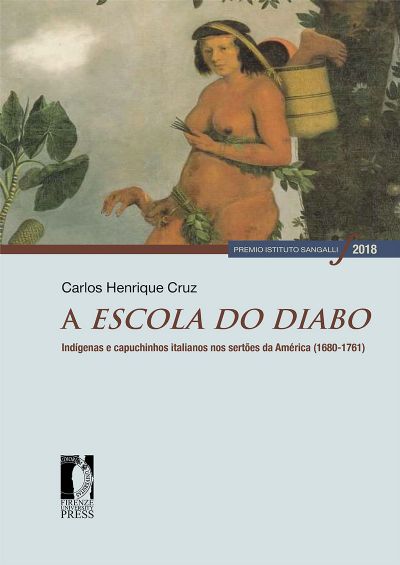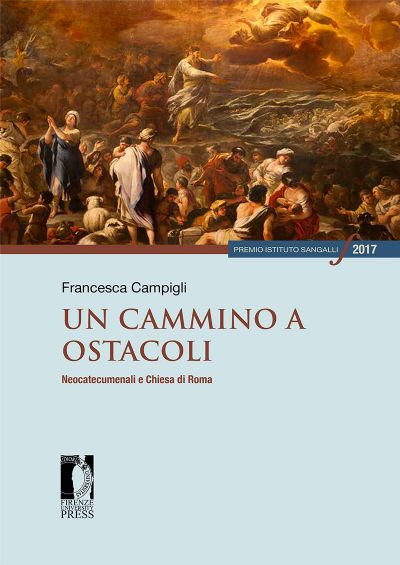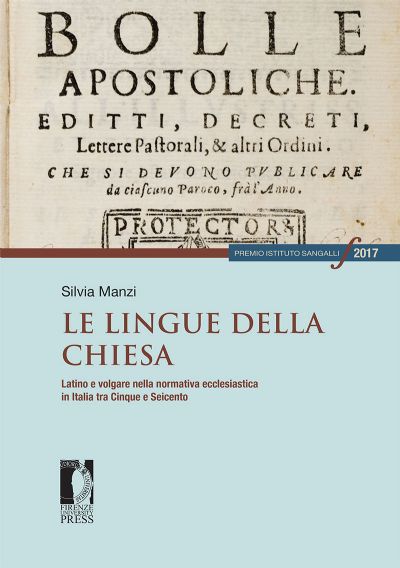The Roman Republic of 1849 is one of the most exciting moment of the heroic season of the Italian Risorgimento, a short adventure in which the contemporaries recognized the opportunity to realize ideals of freedom, tolerance and democracy. This research aims to analyses the role played by religion in the political and social experiment that started in Rome after the pope’s escape, when it was necessary to redefine relations between civil and religious authorities, as well as the role of religion itself in society: a task not at all easy if applied to a State reality, where political and religious powers had been superimposed for centuries, but that will set an inescapable precedent for the subsequent attempts to build a secular State.
Jacopo De Santis
Between altars and barricades
Firenze University Press, Firenze 2020






